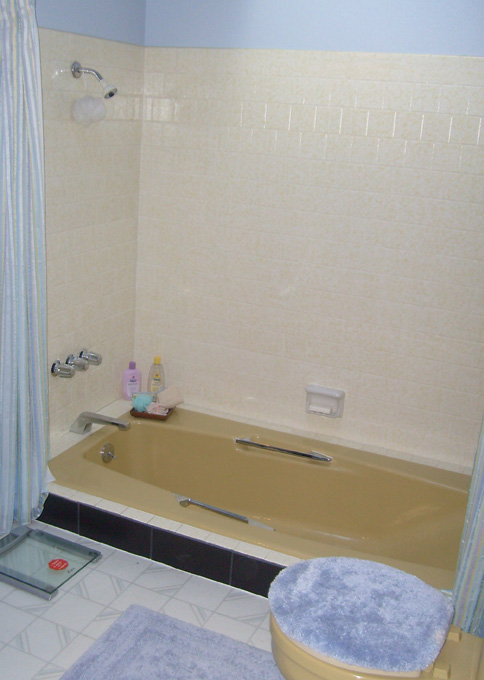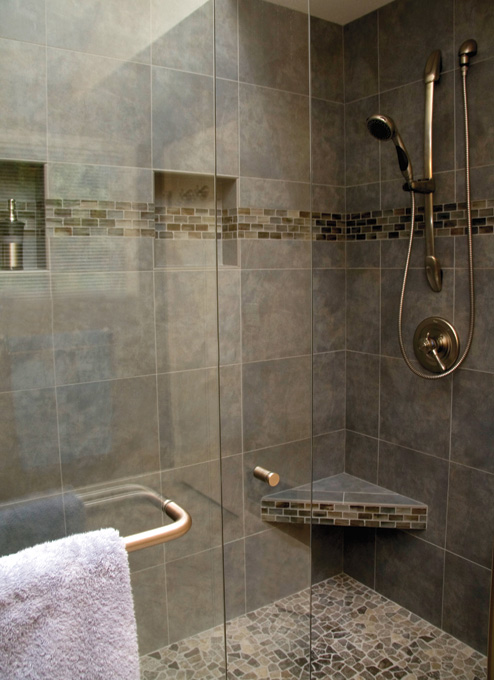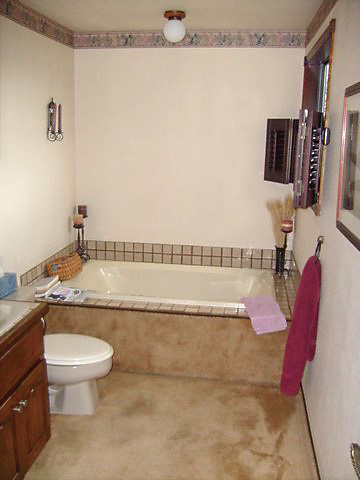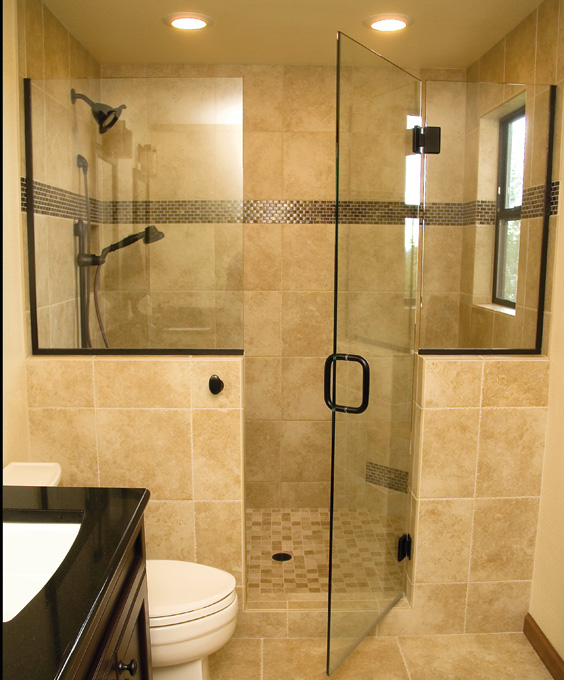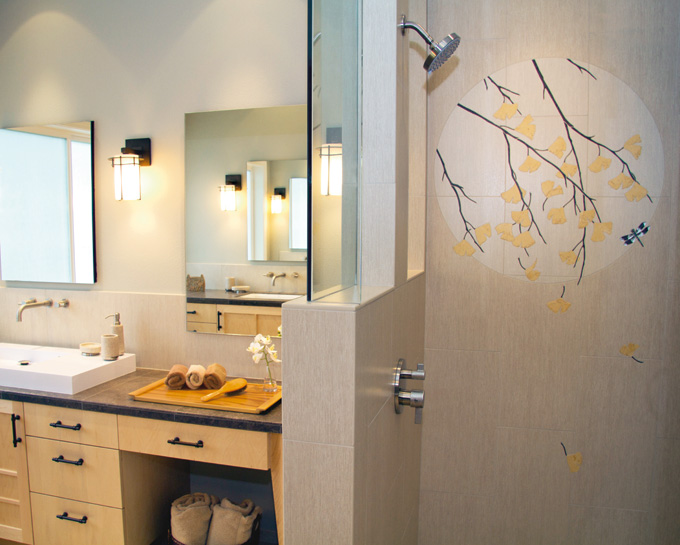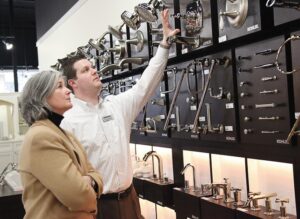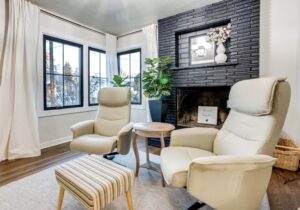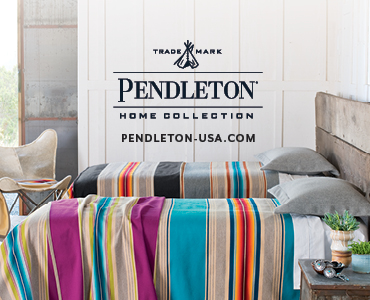{artsexylightbox}{/artsexylightbox}
For a while, it seemed every bathroom remodel boasted a tub big enough to hold a small pool party. Now there’s an emerging trend toward eliminating baths altogether in master suites and using the space to create larger showers.
It might have to do with conserving water. It could reflect practical solutions by aging optimists who plan to stick around for the future. Or it might just be that most of us like the idea of taking long, luxurious baths but prefer the reality of quick showers for the day-to-day.
“Space is very valuable,” says designer Kristine Le Vernois with Neil Kelly in Lake Oswego. “My clients wanted the experience to be better in the shower.”
The couple found they rarely used their step-up jetted tub in the master suite. A large walk-in shower with bench would not only be useful now but also be safer for aging gracefully in place. The lack of tub probably doesn’t affect resale value since the shower is so luxurious and the home has another full bath down the hall.
The shower bench, bathroom counter tops and mosaic are natural stone, and the shower walls and floor tiles are porcelain with a linen-like texture. The hard, non-porous surface holds up well without special sealants, and an added handheld showerhead is useful for cleaning the space and also for seated showering.
{artsexylightbox}{/artsexylightbox}
Artist Matthew Isaac carefully cut bits of colored stone to create the delicate ginkgo branch mosaic inside a circle of lighter tiles. The ginkgo is a symbol of longevity in parts of Asia, and a beautiful nod to the clients’ world travels.
Le Vernois advised against a doorless shower design. “Having no door looks luxurious but it can feel cold unless you have two heads going,” she says. “And that defeats the energy-saving purpose.”
The clients can remove the door in the future if they need more open access, says Le Vernois, a certified kitchen and bath designer and a specialist on aging-in-place design.
Tossing the tub should be a personal preference, not one done with an eye toward the next owner. A house is more than just an investment. It needs to work best for the people who call it home.



